

Security in Blockchain — The Landscape in 2023
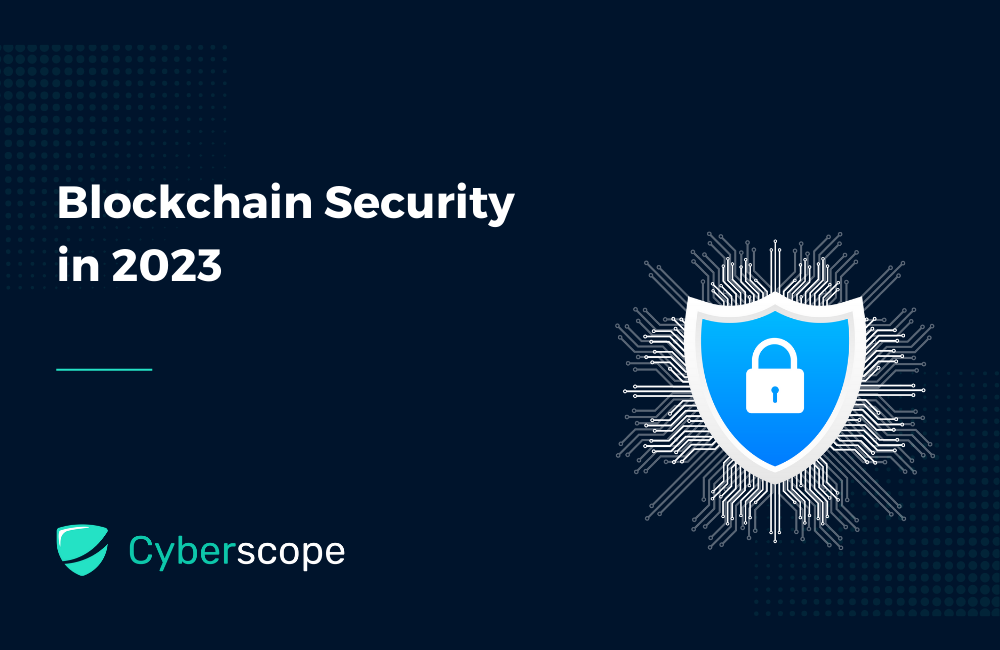
Introduction
Blockchain is a network of computers that maintains a distributed digital ledger that keeps track of transactions. It provides a transparent and safe method for storing and transferring data. Despite the great degree of safety that blockchain technology offers, it is nonetheless open to different threats and assaults.
A series of transactions are contained in each block of the chain, which are then added to the chain in chronological order after being confirmed by the network. A block cannot be changed or removed after it has been added to the chain. Although it is frequently connected to cryptocurrencies like Bitcoin, it can offer a wide range of potential applications beyond finance, including supply chain management, identity verification, and voting systems.
Security in blockchain is a crucial aspect. Various security measures are implemented to ensure the integrity and confidentiality of the data. Decentralization, immutability, transparency, and security are some of the main characteristics of blockchain technology.
Blockchain Benefits
The benefits of blockchain are what make it a crucial component of the upcoming technological revolution. Beyond cryptocurrencies, many different industries are now affected by them. They include, among others, the healthcare industry, e-commerce, publishing, and the financial sector. The worldwide blockchain technology industry is anticipated to reach $1,432 billion by 2030, with a Compounded Annual Growth Rate (CAGR) of 85.9% between 2022 and 2030, according to Grand View Research.
It is clear that blockchain technology is here to stay, in light of the greatest blockchain trends of 2023, including the introduction of green initiatives, the growth of Non-Fungible Tokens (NFTs), and the development of the Metaverse.
Security in the Blockchain Εnvironment
Security is critical because blockchain is a distributed, decentralized system that relies on immutability and trust to function. Because blockchain technology is based on trust and security, any security breach might have catastrophic results. In blockchain, security is essential for the following reasons:
Protection Against Unauthorized Access
The fact that blockchain is distributed means that anybody with network access may take part in the validation process. Due to this, it is crucial to guarantee that only authorized parties may access the network and modify the ledger.
Data Integrity
Data integrity is ensured by the immutability of blockchain, which means that once data is entered into the ledger, it cannot be changed or removed. Consensus mechanisms and other security measures, like cryptography, aid in ensuring the accuracy and immutability of the data uploaded to the blockchain.
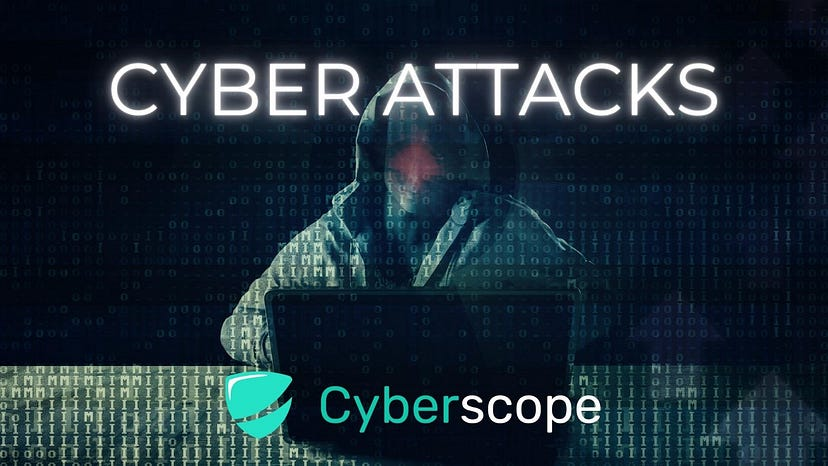
Protection Against Cyberattacks
Smart contract flaws, 51 per cent attacks, and sybil attacks are just a few of the cyberattacks that blockchain networks are susceptible to. Hashing algorithms, multi-signature authentication, and smart contract auditing are a few security techniques that can prevent such assaults and guarantee the safety of the blockchain network.
Double Spending Prevention
With every digital payment system, double spending poses a risk. Double-spending is avoided with the use of blockchain technology, which also employs consensus processes to guarantee accurate transaction execution.
Fraud Mitigation
Identity theft can be prevented, and safe digital identities can be created using blockchain technology. Fraud may be decreased and transaction authenticity assured by confirming and verifying IDs on the blockchain.
What is the Current State of Blockchain Security?
Blockchain security is now in a mixed condition, with some advancements and persistent difficulties. Although blockchain is widely regarded as a safe technology, there have been a number of prominent instances of hacks and security lapses in recent years.
Furthermore, security in blockchain is sometimes disputed due to the absence of a central authority to monitor and control the network. It may be difficult to rapidly and effectively detect and mitigate security concerns. Ultimately, despite advancements in blockchain security, the technology still poses a number of security threats and issues that require constant attention and investment in new security solutions.
Hacking Incidents in 2022
A decentralized finance (DeFi) platform called Poly Network was hacked in August 2022, causing the loss of nearly $600 million in various cryptocurrencies. The majority of the cash that was taken was quickly returned by the hacker(s) who carried out the attack.
THORChain hack: In July 2022, a decentralized exchange known as THORChain had a hack that cost over $7 million in cryptocurrencies. A liquidity pool flaw in the network was blamed for the attack.
Binance: In March 2022, over $40 million in various cryptocurrencies were stolen from Binance, one of the biggest cryptocurrency exchanges in the world. The exchange claimed to have located and frozen the cash that had been taken.
Decentralized financial (DeFi) systems are becoming more and more popular, but they also pose serious security vulnerabilities, as shown by the hacks of the Poly Network and THORChain. DeFi technologies may become increasingly vulnerable to attack as more value is locked into them.
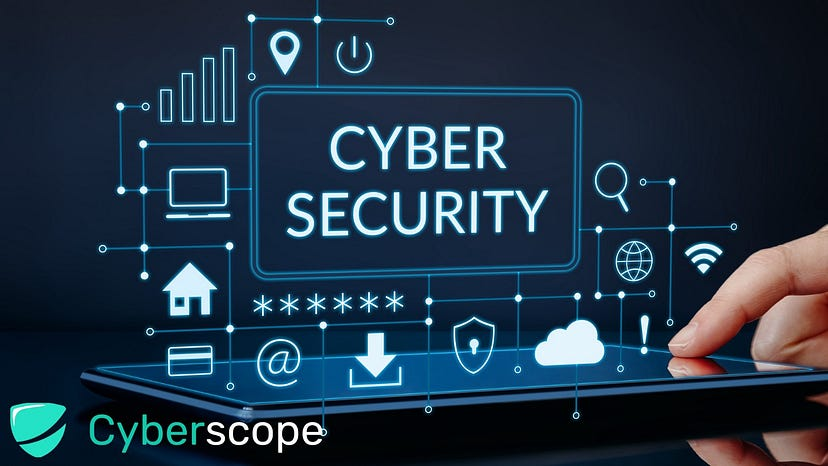
Common Security Threats
Phishing and Malware Attacks
Blockchain is not an exception to the prevalence of malware and phishing attacks in the digital world. These assaults may lead to the loss of private keys, which are needed to access blockchain wallets. Users should always be cautious while using connections that look suspicious. They should, of course, pay attention to the security that is necessary to protect their private keys.
Governance
The unpredictability of blockchain governance systems creates a complicated environment when it comes to security.
Without clear governance, it might be difficult to make decisions regarding the network’s future and upkeep, which can lead to disagreements and potential security problems.
Interconnectivity
In other words, blockchain interoperability. It refers to the ability of different blockchains to communicate with one another and exchange data. It might be difficult to monitor and verify transactions across different blockchains due to fragmentation brought on by a lack of interoperability, which, as a result, creates a security concern.
Double Spending Attacks
An attack that involves double spending occurs when a malevolent user attempts to utilize the same coin more than once. Because blockchain transactions are not always instantly validated and might take a while to be posted to the blockchain, this kind of attack is feasible.
51% Attacks
A 51 per cent attack, often referred to as a “majority attack,” occurs when one entity has more than 50% of the computational power on a blockchain network. This enables the attacker to control the network and modify the blockchain. This ability gives the attacker the ability to undo transactions, double-spend cryptos, and stop the addition of new transactions to the blockchain.
Sybil Attacks
An online attack known as a sybil attack allows hackers to break into a network by taking over many machines or user accounts. Such attacks seek to seize control of a network in order to affect transactions and other network processes. These assaults often relate to a malevolent scammer running many nodes to take over a blockchain network in the Web3 environment.
The goal of the attacker is to significantly affect the network in order to engage in illicit actions while still abiding by the system’s core rules and regulations. Several IP address-based user accounts that, to an outsider looking in, appear to be distinct identities but are not can be created by a single machine or entity.
Smart Contract Immutability
The intransitive nature of smart contracts is one of the main problems that blockchains encounter. Immutability refers to the fact that once smart contracts are implemented on a blockchain, the protocol’s rules cannot be changed.
The fact that there is an opportunity for scammers to alter the contract details is the most disturbing factor. It is difficult to remedy a flaw discovered in the code since it is immutable. This limits the developers’ ability to provide solutions whenever an issue occurs.
In contrast to typical software defects, smart contracts can nonetheless have errors that are detrimental and have a significant impact. The Defi systems are now powered by smart contracts. This implies that a single flaw or vulnerability might result in significant losses for consumers.
Routing Attacks
Unlike a 51 per cent attack, routing attacks focus on taking advantage of inherent flaws in the internet’s routing system. A routing attack can be used by an attacker to divide a blockchain network into two different ones. As the attacker serves as a bridge between the two divisions, all network traffic passes through him. When the assault is eventually stopped, the blocks inside the smaller partition will all be deleted, forcing transactions to be dumped and repudiating any mining rewards. This forcibly builds parallel blockchains.
Similarly to this, routing attacks may also be employed to completely avoid detection while delaying the delivery of the mined block by at least 20 minutes on blockchain networks. This may lead to duplicate expenditures or mining power waste. Theoretically, these attacks are conceivable.
Consensus Protocol Attacks
Another form of vulnerability that might exist in blockchain technology is consensus protocol attacks. The methods that control how transactions are validated and added to the blockchain are known as “consensus protocols.”
Vulnerabilities in Blockchain User Endpoints
Security in blockchain networks is subject to some gaps in user-interface devices like desktops, tablets, and smartphones, just like any other online transaction service. An attacker attempting to gain access to your blockchain wallet may monitor your online activity around the clock or use malware to examine your files in search of the private key to your wallet.
It is crucial to keep your private key for your crypto wallet encrypted and avoid saving it as a plain text file. Also, installing safe antivirus software that guards against spyware is always advised.
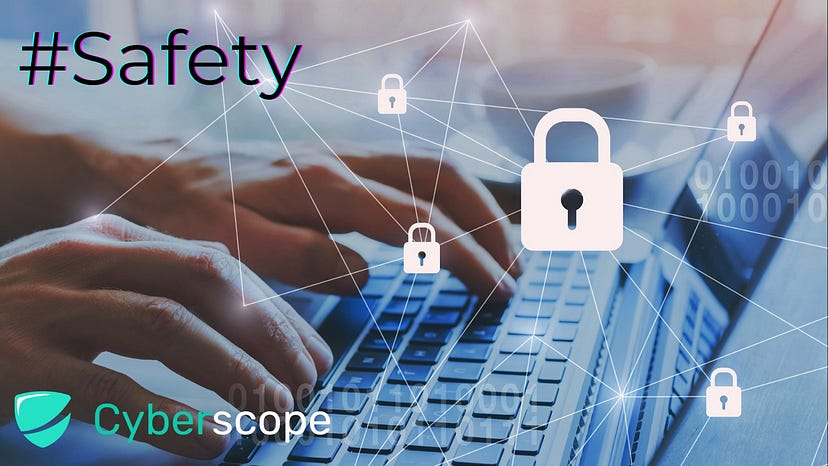
Solutions For Blockchain Security
There are a number of security solutions that can be integrated into blockchain technology in order to reduce the security issues mentioned above. Some of these remedies are:
Multi-Signature Authentication:
Before a transaction can be carried out, it needs to be approved by several parties. By doing so, fraud risk may be decreased and illegal access prevented.
Public and Private Key Cryptography
Security in blockchain is ensured by transactions that are protected by public and private key cryptography. To encrypt and decode transactions, each user has a public key and a private key. This makes sure that the funds can only be accessed by the specified recipient.
Auditing and Testing of Smart Contracts
Smart contract auditing and testing can find weaknesses in smart contracts and make sure they work as intended.
Byzantine Fault Tolerance
This strategy allows a system to keep running even if some of its nodes malfunction or act maliciously. Attacks like Sybil attacks and 51% assaults may be avoided in this way.
Zero-Proof Knowledge
It is a cryptographic method that enables users to demonstrate their possession of certain information without divulging that information itself, making blockchain more secure and private.
Hashing Methods
To protect the integrity of transactions on the blockchain, hashing methods are utilized. Each transaction is given a distinct fingerprint, making it difficult to change the transaction without also altering the fingerprint.
Decentralized Exchanges
Users can trade cryptocurrencies on decentralized exchanges without depending on a centralized authority. Fraud and hacking risks can be decreased as a result of this methodology.
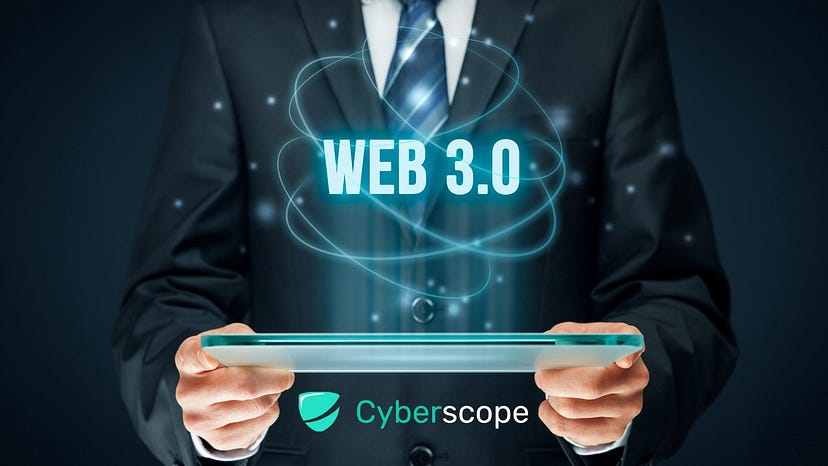
Security in Blockchain this Year
In 2023, blockchain technology is expected to gain more popularity, and thus, security in blockchain is going to be a matter of high priority for the organizations that are going to be adopting the Web 3.0 environment.
Increased Use of Decentralized Operations
We may anticipate an increase in the number of companies and organizations using decentralized operations. As a result, stronger security measures will be required in order to safeguard the sensitive information and assets kept on these networks. The expansion of blockchain-based corporate operations is one of the top blockchain trends of 2023. More businesses are expected to take advantage of this technology because of the better security, transparency, and protection from cyberattacks that decentralized blockchains provide.
Interoperability
As blockchain networks continue to spread, it will become more and more crucial that they communicate with one another. Different blockchain networks will be able to connect with one another thanks to interoperability solutions, but these solutions will also bring forth new security issues that need to be resolved. Blockchain technology.
Secure Wallets
More software wallet integrations with various hardware wallets, also known as storage solutions, will also be seen, making it more difficult for thieves to access a victim’s money.
Quantum-Resistant Encryption
As quantum computing advances, it is possible that standard encryption techniques will be broken. Quantum-resistant encryption, which is built to fight against incoming attacks from quantum computers, has emerged as a result of this.
Zero-Knowledge Proofs
As data privacy concerns rise, blockchain developers are putting more effort into integrating privacy-focused features like zero-knowledge proofs and encryption to safeguard user data.
More Blockchain-Based Apps
Blockchain software engineers will be in high demand in 2023. Blockchain technology will become increasingly necessary as more sophisticated ‘’Know Your Customer’’ (KYC) features, secure transactions, and other functions are developed.
MPC
Technology-based encryption will progress towards multi-party computation (MPC). Multi-factor authentication, in which the user splits his key between a local wallet and a signature server, is one use of MPC. When a transaction has to be signed, those shards would cooperate, but they would also protect against a loss of cash if either were compromised, resulting in a much more safe and more secure cyber environment.
Account Abstraction
In 2023, there will be more discussion regarding ideas like “account abstraction.” Account abstraction, as well explained by Argent wallet creator and Ethereum cofounder Vitalik Buterin, entails modifying Ethereum to basically make all addresses, not just smart contracts, programmable. This would allow cryptocurrency technology companies to investigate new solutions for securing wallets and improving the recovery of lost or stolen funds.
Blockchain Data Sharing
In 2023, user control over data ownership will be enabled via system designs for blockchain data sharing. Once they begin to “own” their data, users will be able to control who gets access to it. Healthcare, medical, and financial services will be the first to be impacted, but advertising and social media may also experience significant changes as a result of these new designs, suggests Manjush Madabushi, CTO and co-founder of Talentica Software.
Marijus Briedis, CTO of NordVPN, said in 2022, “The next year will not be any easier when it comes to keeping users’ data safe and private. Authoritarian countries and hackers are working hard to compromise those factors. However, I see the light at the end of the tunnel because people are starting to value their data, pushing businesses and governments to take action’’.
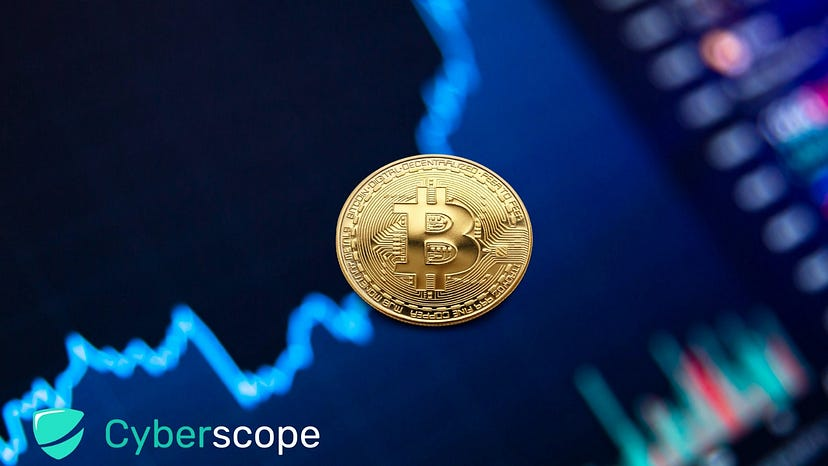
Trade and Value Chains
Traceability is made possible throughout the whole supply chain via blockchain technology. Blockchains allow for instantaneous access to the status or legitimacy of a product since they record data in a digital, decentralized ledger. In addition to increasing efficiency and defensibility, this also establishes a worldwide value chain for commodities in a more secure context.
The blockchain ecosystem, which many firms have adopted, will continue, and it must continue to include smart contracts. 2023 will be a year characterized by efficient, safe, and precise international transactions.
Conclusion
Security in blockchain technology will change as it develops. It is crucial for companies and developers to emphasize security in their blockchain initiatives if they want to remain ahead of these dangers. This entails that businesses and developers must put security first by establishing strong security measures, keeping up with the most recent security trends and technology, and adhering to cybersecurity laws and standards in order to overcome these security problems. To keep blockchain technology safe, dependable, and robust, this call to action is crucial. If you are looking for a cybersecurity partner in 2023, feel free to reach out to us at [email protected].

.jpg%3Falt%3Dmedia&w=640&q=75)

